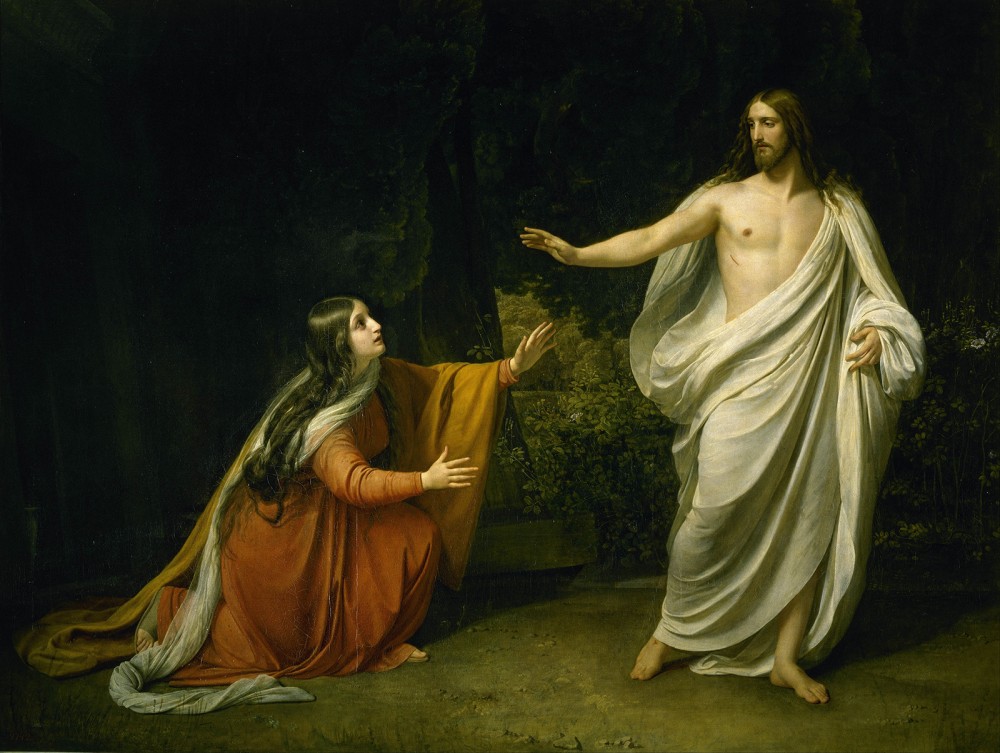Was Mary Magdalene really from Magdala? Two scholars examine the evidence

The findings were heralded with bold headlines. Archaeologists excavating near the Israeli town of Migdal, also known as Magdala, had found remnants of a first-century synagogue. The December 2021 discovery in the town on the western edge of the Sea of Galilee adds tangible evidence of Jewish life at the time of Jesus’ ministry.
But two scholars are calling into question the quick assumption that the town is the birthplace of Mary Magdalene, one of Jesus’ earliest followers and the first witness to his resurrection.
In a paper published in December, Elizabeth Schrader, a PhD student at Duke University, and Joan Taylor, a professor at King’s College, London, argue that the assumption that Magdala refers to Mary’s place of origin is entirely speculative.
Read our latest issue or browse back issues.
Instead, they say, Magdalene may well be an honorific from the Hebrew and Aramaic roots for tower or magnified. Just as Peter was given the epithet rock, Mary could well have acquired a title meaning tower of faith or Mary the magnified.
“Although there have been various ways of understanding her name, no author prior to the sixth century identifies her as coming from a place beside the Sea of Galilee,” the authors write in the Journal of Biblical Literature. “Several ancient authors actually understood Mary’s nickname to be rooted in her character rather than her provenance.”
The paper is part of a reconsideration of Mary Magdalene, marginalized by the early church fathers and long mistaken for a prostitute. Scholars are reexamining the Gospels and early Christian writings in an effort to recover the real Mary.
Perhaps the biggest blow to Mary’s reputation came in the sixth century, when Pope Gregory the Great conflated Mary Magdalene with the “sinful woman” who anointed Jesus’ feet with perfume in Luke 7. The latter woman is never mentioned by name.
As Schrader and Taylor demonstrate, in antiquity there was no consensus about Mary or her origins. In fact, there were multiple locations named Migdal throughout Judea and Galilee. The fourth-century Christian historian Eusebius thought Magdala was a town in Judea, not Galilee.
In the Byzantine era and especially during the period of the Crusades from the 11th to the 13th centuries, a town near the Sea of Galilee known initially as el-Mejdal became a Christian pilgrimage site known as Magdala. It still is.
“What we’re saying is that it wasn’t a site at the time of Jesus,” said Taylor. “At that time, there was a city called Tarichaea, which is mentioned by Josephus and Pliny. But it was never called Magdala in the Roman period.”
For some, placing Mary in the town of Magdala is important. Archaeologists need funding for their digs. If they can connect their work to a biblical figure or event, private and institutional funding will start pouring in, Taylor said.
Some evangelicals, eager to find physical evidence that the Bible is historically true, are wedded to the idea that Mary came from the town of Magdala. So are some feminist scholars who want to disassociate Mary Magdalene from the sinful woman in Luke 7.
But situating Mary in Magdala also shuts the door to Mary’s legacy.
“If you say she’s from Magdala it eliminates the possibility that ‘Magdalene’ indicates a title of a more prominent disciple,” said Schrader.
Considering Magdalene as an honorific also restores her dignity, added Taylor. “It creates a clean slate for her to be recovered in a fresh way.” —Religion News Service





